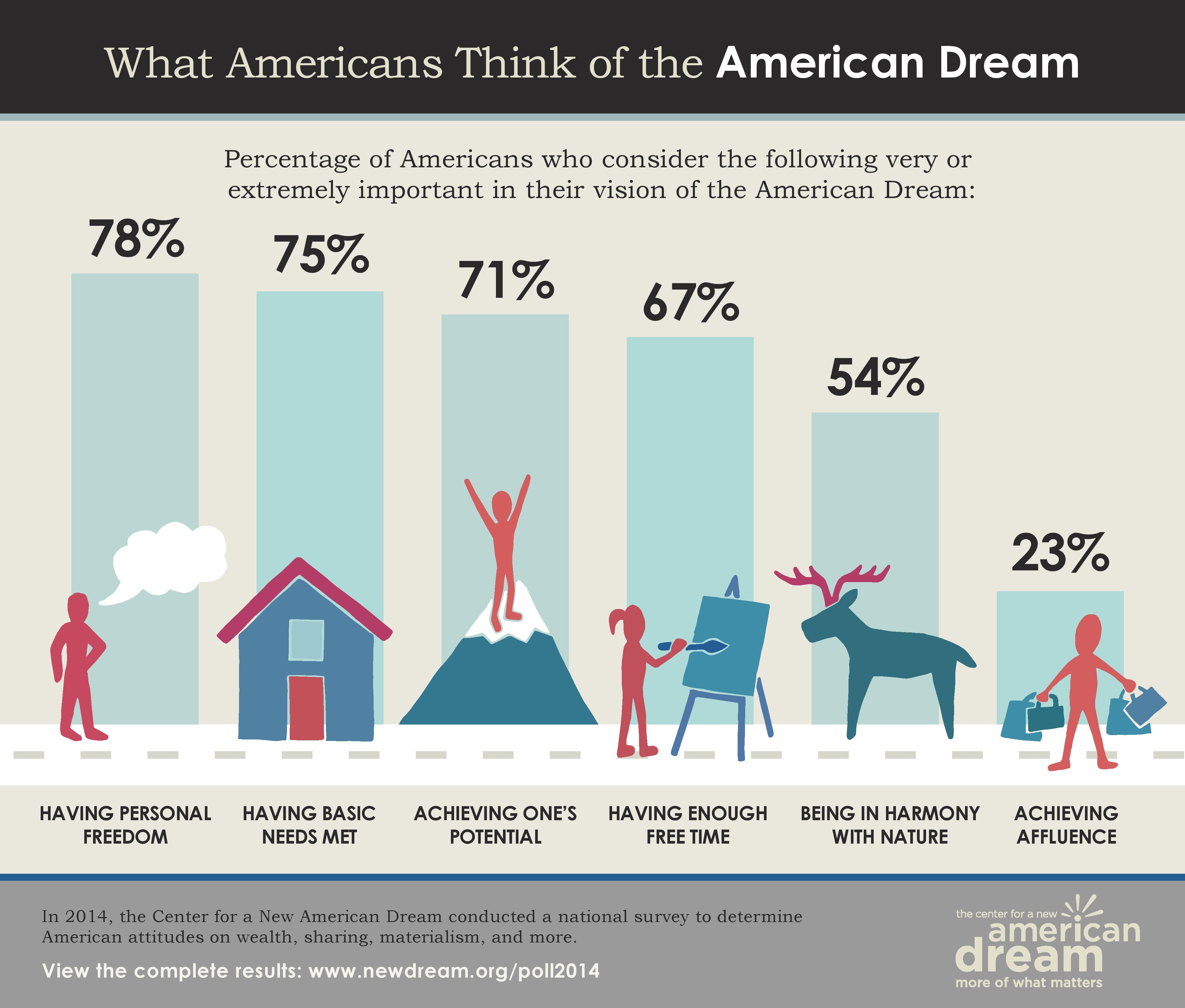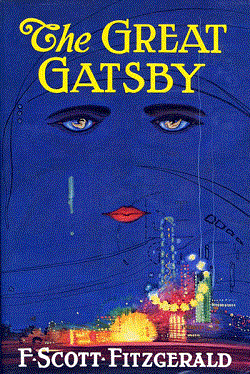EDIT: This is the most popular post here, so I am going to update the list of articles from time to time. Some links no longer work. See the end of this post for my most recent list, as well as prompts with articles (Word documents).
I am eternally grateful to my high school English teacher for teaching me how to write a synthesis essay and for teaching me how to research. I remember writing research notes on index cards in the school library, and looking up the MLA format in the official handbook. Those skills stuck.
The synthesis essay is part of the AP Language exam, but in my small school we do not have an AP program. So why teach the synthesis essay? It is a precursor to writing research papers, which are unavoidable in any university-level field of study. I want my students to know the basics of writing a research paper, which includes synthesizing sources in order to support their own analyses.
My Gatsby introduction was an introduction to the basics of writing a Synthesis Paper, as well as providing the students with some background information useful in reading The Great Gatsby. The analysis is followed by a class discussion.
This should take no longer than two class periods to explain, perform, and discuss. It also works to assign certain links to individual or groups of students in order to shorten the time needed. To clarify – this time is not to be used for writing the essay itself; rather, it is meant to be a practice in efficiently skimming, analyzing, and selecting articles.
I made an Edublog with my school’s platform to effectively share the following information:
This first part of the bimester, as we study The Great Gatsby, we will also be learning how to write a Synthesis Essay – taking information from several different sources and integrating that information into our literary analysis.
Our question for today is: Describe Gatsby’s America and the “American Dream” – what was the US like in this time period? How was it similar to the US of today? Use a maximum of three sources.
The first step is to read through your sources and summarize/highlight important information from these sources. There are many sources. You must quickly and efficiently decide which three sources are the strongest to support your analysis. You do not have time to read them all. In a Word document or on a piece of paper:
1. Skim through each article and decide if the information is helpful to you in answering the question.
2. If you see that the information is helpful, carefully read the article. As you read, summarize what the article is saying. Summarize each article IN YOUR OWN WORDS in one or two sentences. For graphs, pictures, and cartoons, describe what is happening in the graph/cartoon.
3. Decide what information is MOST relevant to your essay. Pull out quotes that will help you make your point (2 or 3 quotes per article).
4. Find the MLA citation for each source.
5. Organize the researched information by listing the article name/website, the MLA citation, summaries and quotes in your Word document.
For the class today, you will need to do this for THREE of the following articles/sources:
http://www.theatlantic.com/business/archive/2015/09/american-dreams-portraits/405907/
Gilder Lehrman essay – The Roaring Twenties
Gilder Lehrman essay – F. Scott Fitzgerald and the Age of Excess
http://www.history.com/topics/roaring-twenties
http://www.thebubblebubble.com/roaring-twenties-bubble/
This graph: https://www.whitehouse.gov/sites/default/files/infographic/Inequality/wh_inequality_18.jpg Found on this page (you do not need to summarize this article, only look at the graph and interpret the information – why does the author of the blog call it the Great Gatsby curve?)
http://americainclass.org/sources/becomingmodern/prosperity/images/text1s5sm.jpg
http://money.cnn.com/2014/06/04/news/economy/american-dream/
A nice follow-up activity is to watch this helpful video on writing a synthesis essay and have students write a practice synthesis essay (or outlines, if time is short) together as a class or in groups based on the background prompt activity above.
Other helpful videos:
Making a thesis statement for a synthesis essay: https://youtu.be/jh62z3h3-mY
Structure of a synthesis essay: https://youtu.be/3WoLGkVk4x4
I also had students look at examples from past AP exams: a good example to see how it works, and a bad example to see what to avoid, which is exactly what the above video says to avoid (see: the examples and the commentaries).
Here is an essay prompt: How does Fitzgerald’s perspective on the American Dream relate to today? Evaluate the relevancy of Fitzgerald’s themes in The Great Gatsby to our time.
Source A: The Great Gatsby (Fitzgerald)
Source B: http://money.cnn.com/2014/06/04/news/economy/american-dream/
Source C: http://freakonomics.com/podcast/american-dream-really-dead/
Source D: https://www.theatlantic.com/business/archive/2015/09/american-dreams-portraits/405907/
Source E: https://obamawhitehouse.archives.gov/blog/2013/06/12/rock-and-roll-economics-and-rebuilding-middle-class (see especially “The Great Gatsby Curve” chart)
Source G:

Source H:

Here is a synthesis essay that I did not make, but still has some interesting sources:
Here is a synthesis essay that I did make, and used in my class with great results: Gatsby synthesis relevancy
